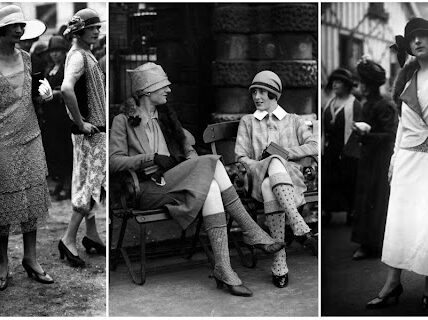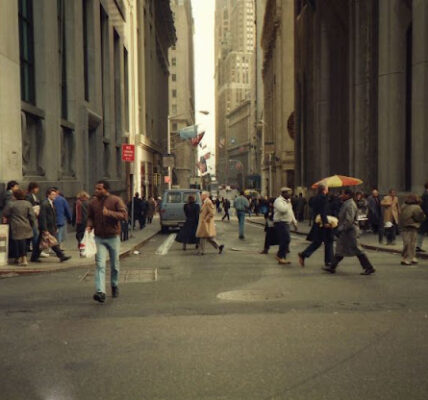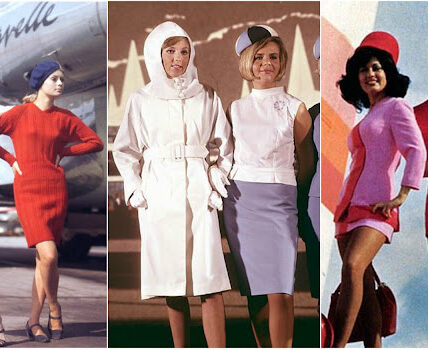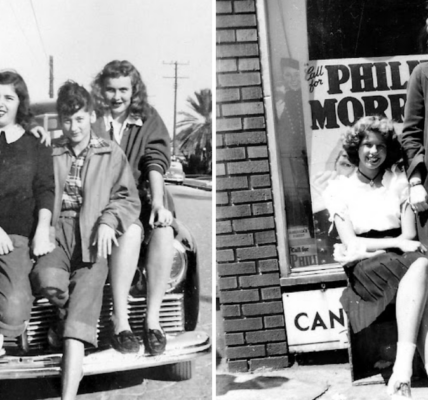The Great Depression was the worst economic downturn in the history of the industrialized world, lasting from 1929 to 1939. It began after the stock market crash of October 29, 1929, the “Black Tuesday”, which sent Wall Street into a panic and wiped out millions of investors.
 |
| Life of the U.S. in the 1930s and 1940s |
Over the next several years, consumer spending and investment dropped, causing steep declines in industrial output and employment as failing companies laid off workers. By 1933, when the Great Depression reached its lowest point, some 15 million Americans were unemployed and nearly half the country’s banks had failed.
The end to the Great Depression came about in 1941 with America’s entry into World War II. America sided with Britain, France and the Soviet Union against Germany, Italy, and Japan. The loss of lives in this war was staggering.
The European part of the war ended with Germany’s surrender in May 1945. Japan surrendered in September 1945, after the U.S. dropped atomic bombs on Hiroshima and Nagasaki.
These incredible vintage photos were colorized by Lamont Cranston that revived life of the U.S. in the 1930s and 1940s.
 |
| Street kids at play, Georgetown, Washington D.C., Summer 1935 |
 |
| Street smart, Washington, D.C., 1935 |
 |
| Cigar store owner and his Indian, Manchester, New Hampshire, October 1936 |
 |
| Son of a woodcutter, Eden Mills, Vermont, August 1936 |
 |
| Steelworker listening to an unseen union organizer, Aliquippa, Pennsylvania, July 1936 |
 |
| 18 year-old mother from Oklahoma in California, March 1937 |
 |
| Anton Weber, a resettled farmer, Tompkins County, New York, September 1937 |
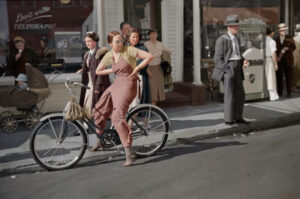 |
||||||||||||||||||||||||||||||||||||||||||||||||||||||||||||||||
Biker girl, summer 1937
|
































